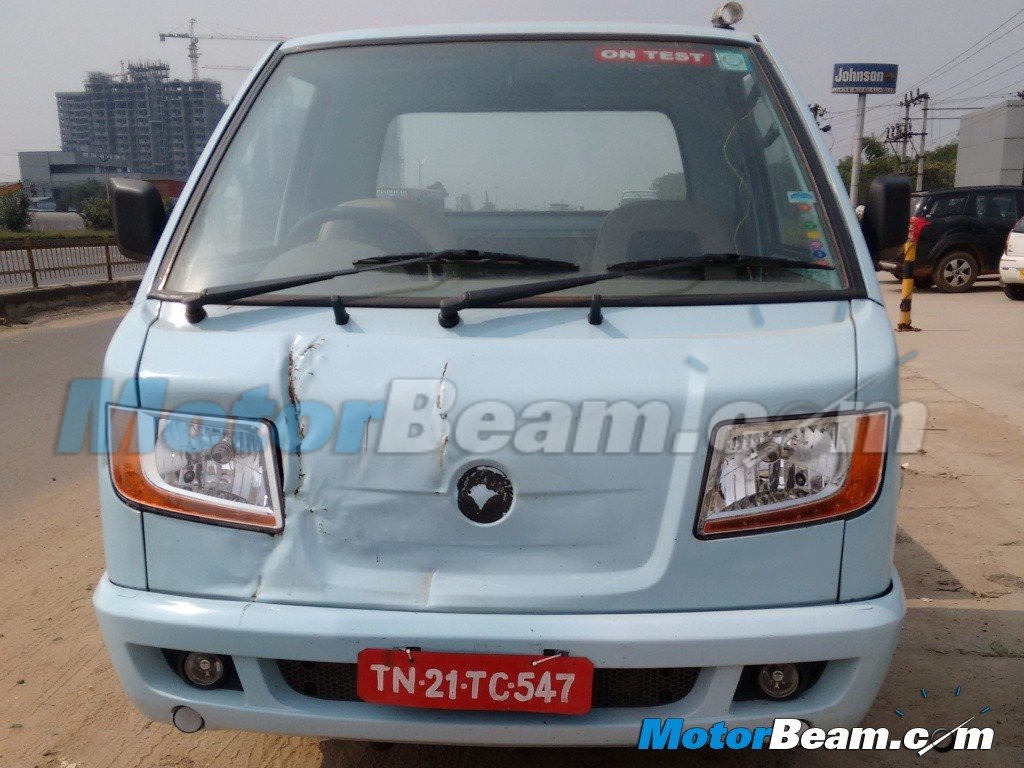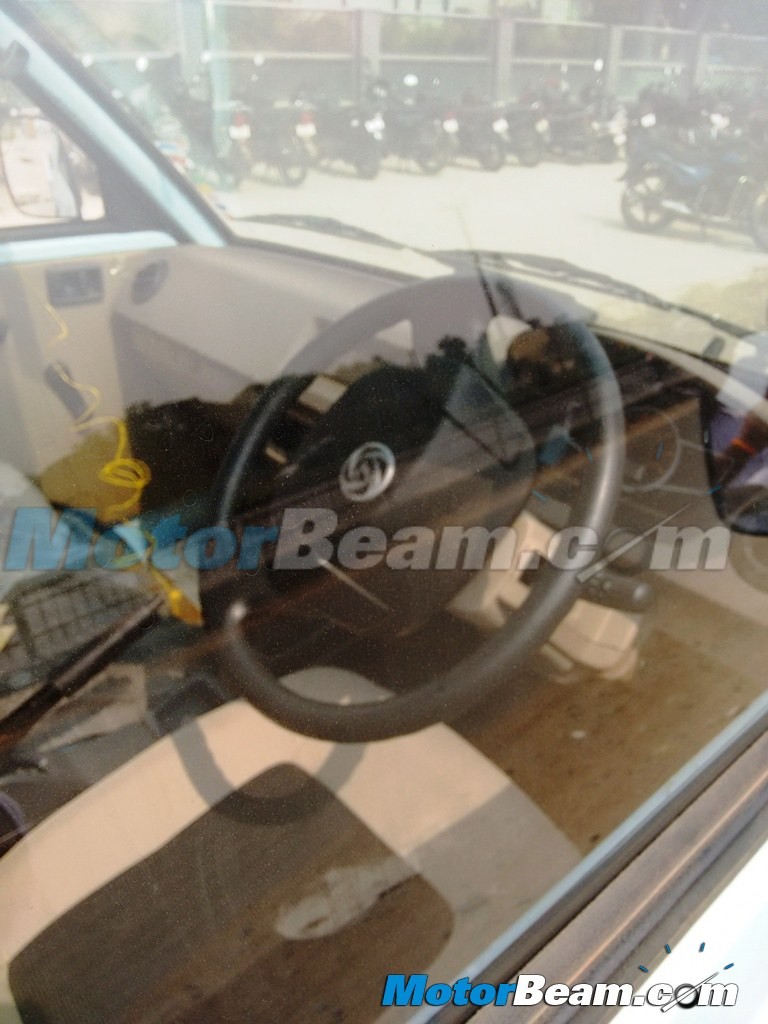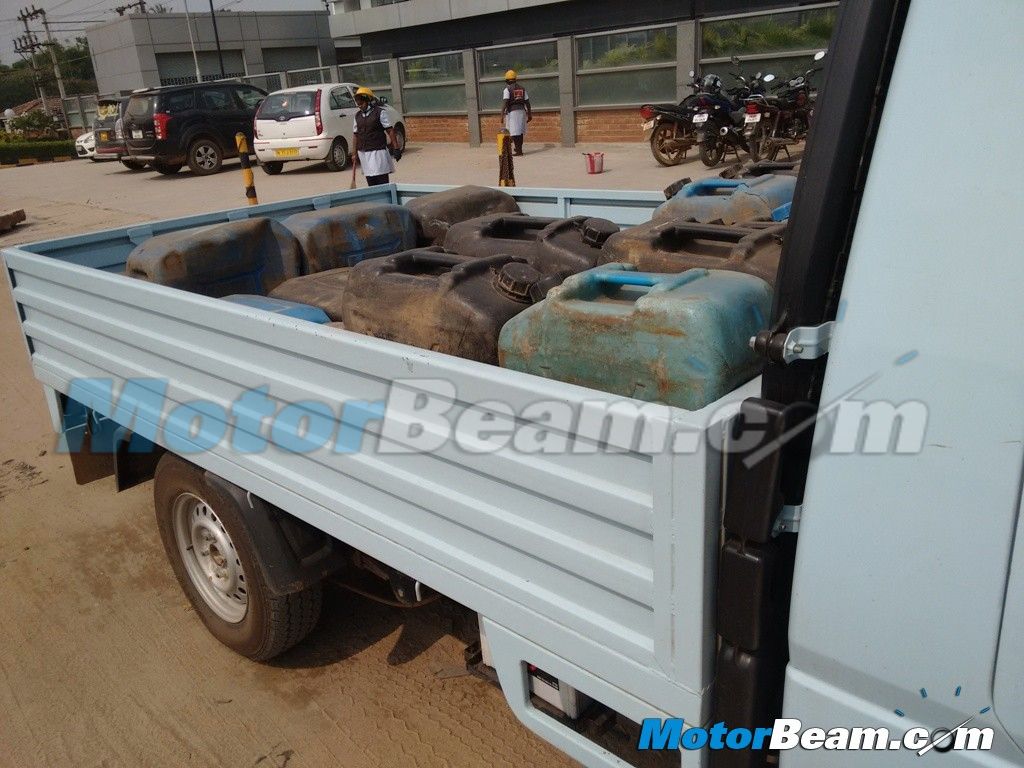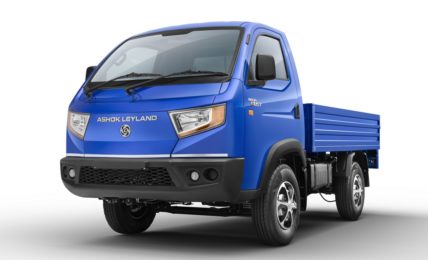The Dost Plus will come with a higher payload capacity of more than 1.25 tonnes as well as improved power output and changes to the suspension set-up.

The Ashok Leyland-Nissan joint venture (JV) launched the Dost Light Commercial Vehicle (LCV) in 2011 and the model has been doing well against competition. Banking on the success, the JV has been planning to expand the Dost family with a new variant that was caught testing recently by our eagle eyed reader Ashok Kumar in Chennai. Wearing no camouflage, the model spied here is likely the new top-of-the-line Dost Plus that will come with a higher payload capacity as well as a host of mechanical upgrades. The interiors though get no changes as seen in the spy shot and continue with the existing dual tone beige and brown colour scheme.
The Ashok Leyland Dost Plus will come with an increased payload capacity expected around 2 tonnes over the 1.25 tonne capacity seen on the current model. Power on the other hand will continue to come from the self developed 1.5-litre 4-cylinder diesel engine tuned to produce around 78 PS and 200 Nm of torque, as against the current 58 PS and 157.5 Nm of torque. The leaf spring suspension currently employed at the front and rear will also be beefed up to handle the additional load.
While details on the launch have not been confirmed yet, the Ashok Leyland Dost Plus could hit the showrooms anytime in the second half of this year. Apart from the Dost Plus variant, the company has also been working on a tipper variant of the Dost that was showcased last year and is expected to launch before March 2015. The Dost Plus will be competing against the Tata Super Ace, Mahindra Bolero Pickup and the likes in the segment.






